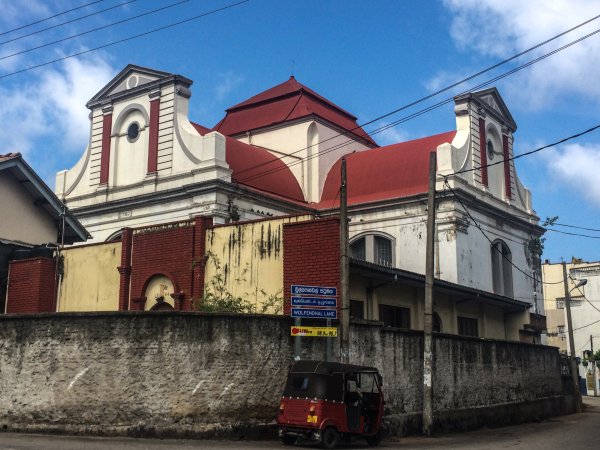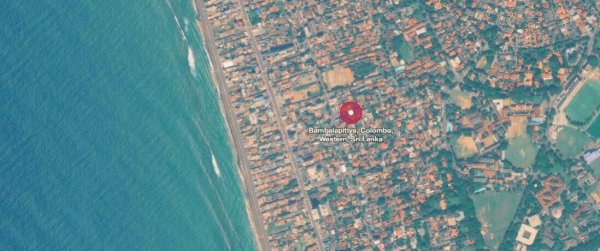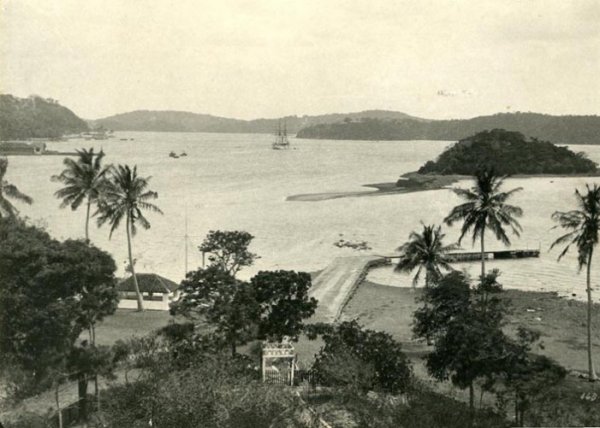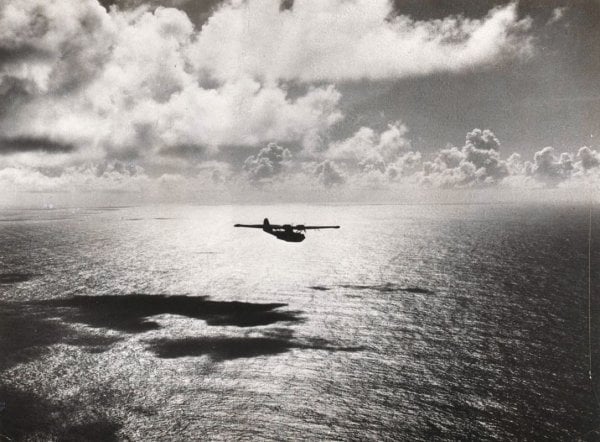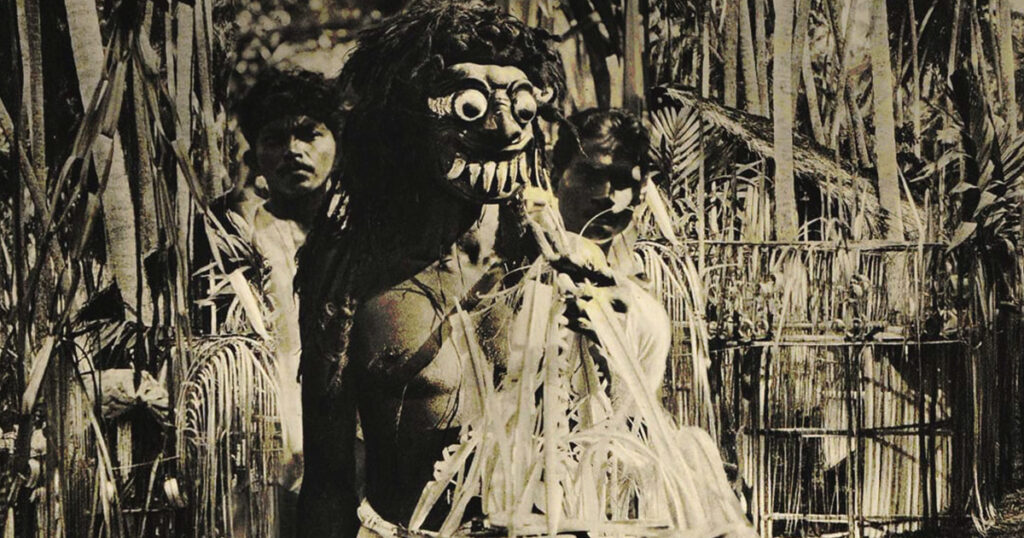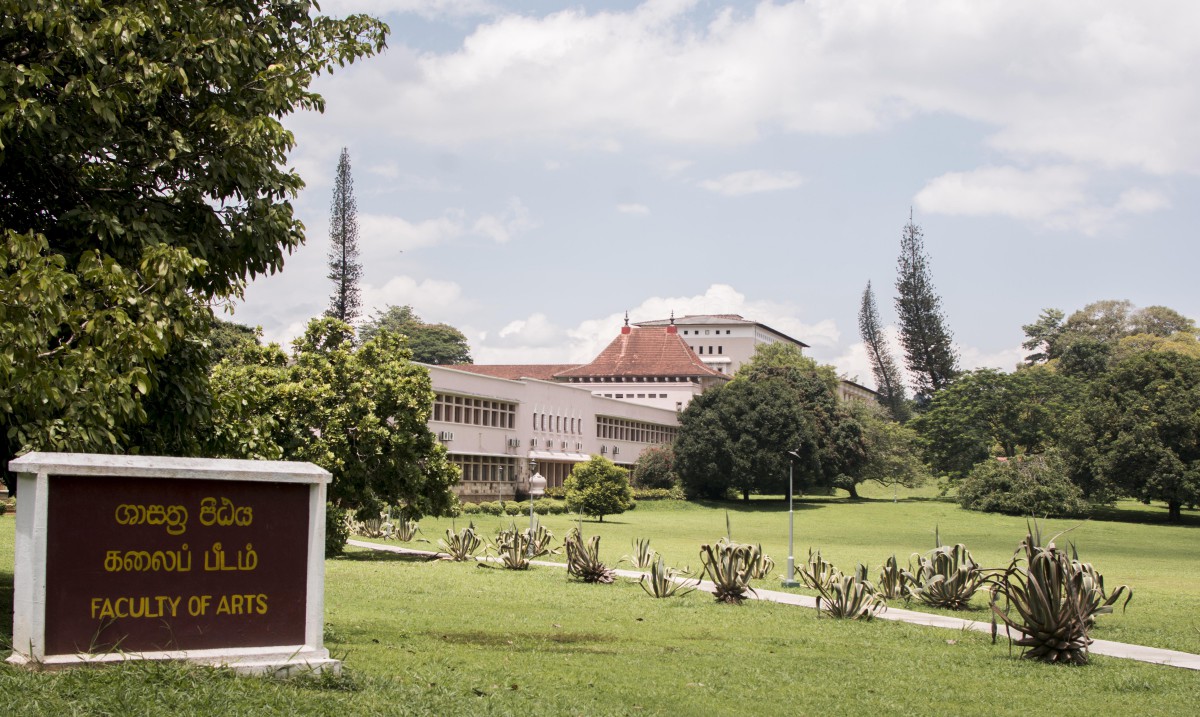
While the University of Ceylon was Sri Lanka’s first independent degree awarding institution, the concept of higher education in the island wasn’t entirely alien. The university’s antecedent of 20 years was the Ceylon University College, a degree awarding body affiliated with the University of London. This connection was terminated when the University College merged with the Ceylon Medical College and became an independent University in its own right: the University of Ceylon.
The Peradeniya University was first established as the University of Ceylon, mainly due to the efforts of Sir James Pieris who proposed establishing a University project and allocated a sum of Rs. 3,000,000 for its Building and Equipment Fund. However, it wasn’t always at Peradeniya itself: grounded in Colombo from its inception in 1942, it branched off as a campus to Peradeniya and was built alongside the Mahaweli River a decade later, in 1952. Thereafter, it was known as The University of Ceylon, Peradeniya; the Peradeniya Campus, University of Sri Lanka; and finally the University of Peradeniya, in 1978.
Completing its 75th year in 2017, the university boasts of being the largest and most picturesque residential university in the country. Spanning 700 hectares, it offers 58 degree programmes from nine faculties and four postgraduate institutes.
The architects involved in designing the university took care to create an atmosphere similar to that of Oxford and Cambridge: a lush, green place without walls and fences to demarcate boundaries. It was designed to be a part of the city while also maintaining its academic aura. While walking around the proposed site for the campus in 1944, the University’s first vice-chancellor Sir Ivor Jennings stated that ‘No University in the world will have such a setting.’
Set at the foot of the Hanthane mountain range and lining the Mahaweli River, the University boasts of stunning environs which are more often than not used as settings for classic songs.

The Peradeniya University’s Engineering Faculty was initially based in Colombo, and was a faculty under the University of Ceylon. It was shifted to the Peradeniya Campus in 1964.

The Mahaweli river, which runs on either side of the Faculty of Engineering, can turn a muddy brown during the rainy season.
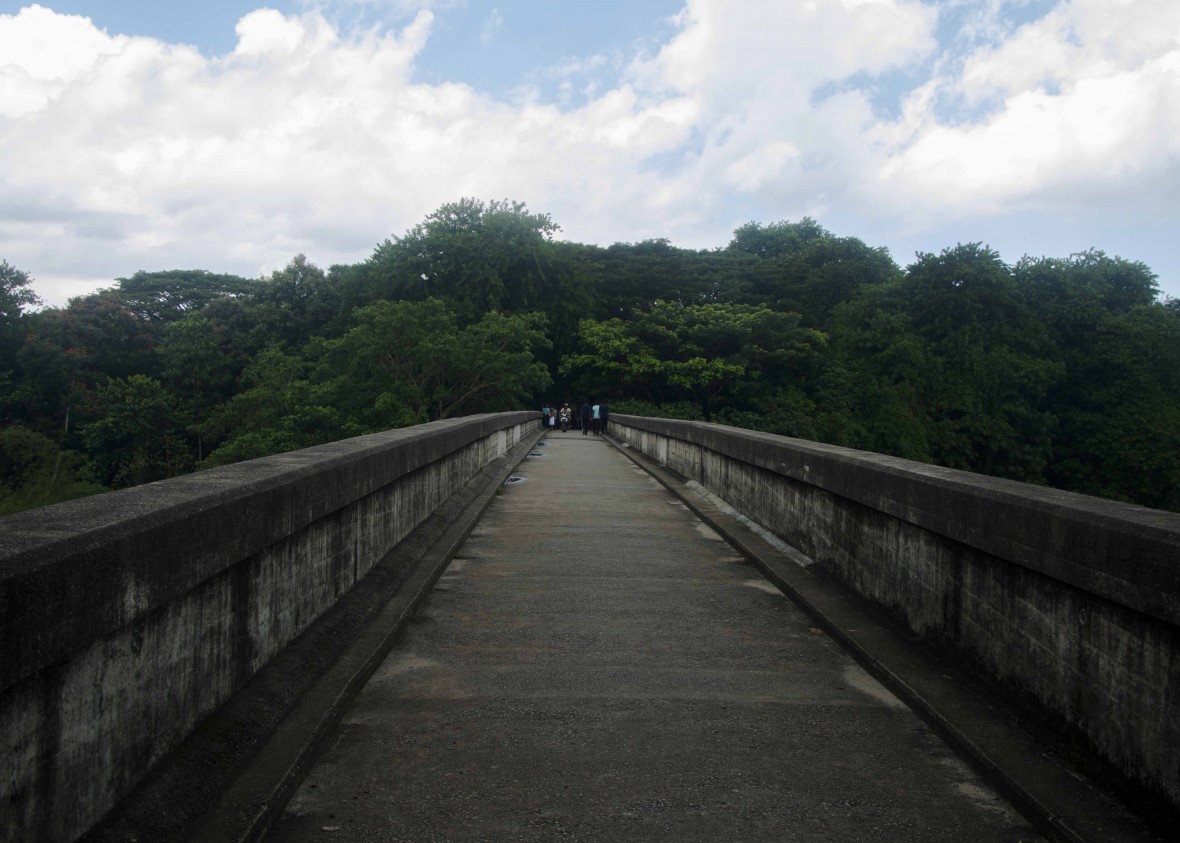
Linking both ends of the Mahaweli River, the famous Akbar bridge was designed by the Faculty of Engineering’s former Dean, and built by its first batch of students.

Well-manicured lawns and spindly pines overlook the Faculty of Arts. This is the largest of the nine faculties on campus, offering a range of degrees from psychology, to Islamic Civilization and Economics.

A student’s Ford Anglia parked at the entrance of the Faculty of Arts.

Several massive trees are scattered all around the faculty, some hundreds of years old.

Students walk by the Faculty of Arts. Surrounded by foliage, the University hosts around 11,000 students.

Prof. D. E. Hettiarachchi Memorial Art Theatre. The theatre is named after the renowned academic and polyglot of the same university, who also helped complete the Sinhala Etymological Dictionary.

The Faculty of Arts

The University has a ‘Milk Bar’, where students, as well as anyone else, can grab something to drink. Like milk, for instance.

Within its vast expanse, there are also a few abandoned buildings scattered about.

The university logo spotted at an abandoned building.

Functional classrooms.

A student monk walks along the Faculty of Management.

The university is surrounded by little streams.

Streams flow through the campus amidst pathways interconnecting each faculty building.

Shirley de Alwis was one of the resident architects who designed the Peradeniya University, alongside Sir Patrick Abercrombie. The Alwis Pond is named after her.

A building which is part of the Faculty of Science.

Lovers Lane, as the name suggests, can only be walked upon by lovers. Men are not allowed to walk through it alone, and vehicles aren’t allowed to park there either.

